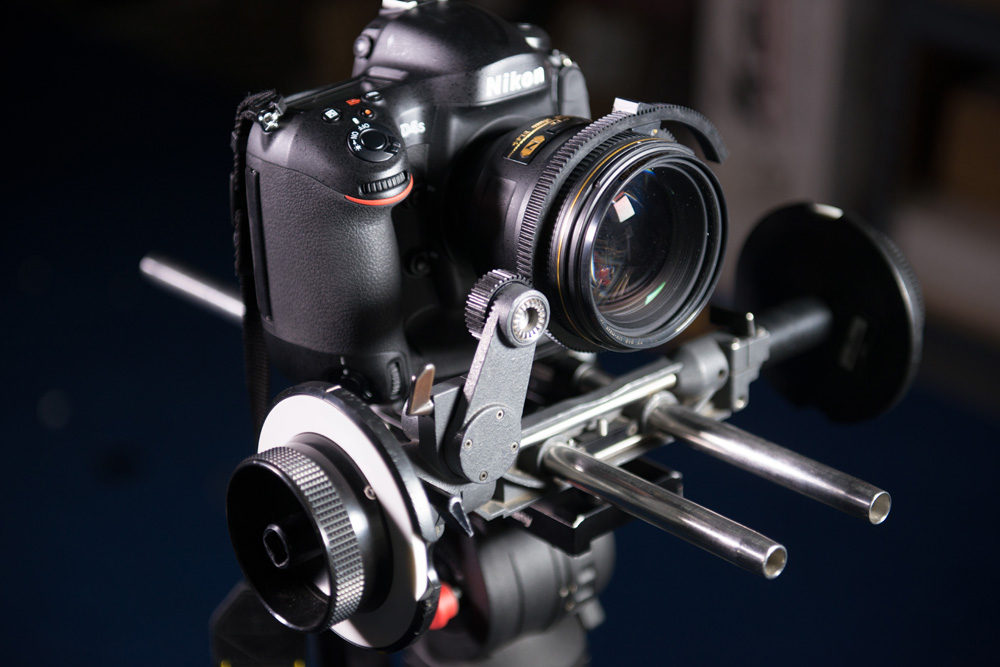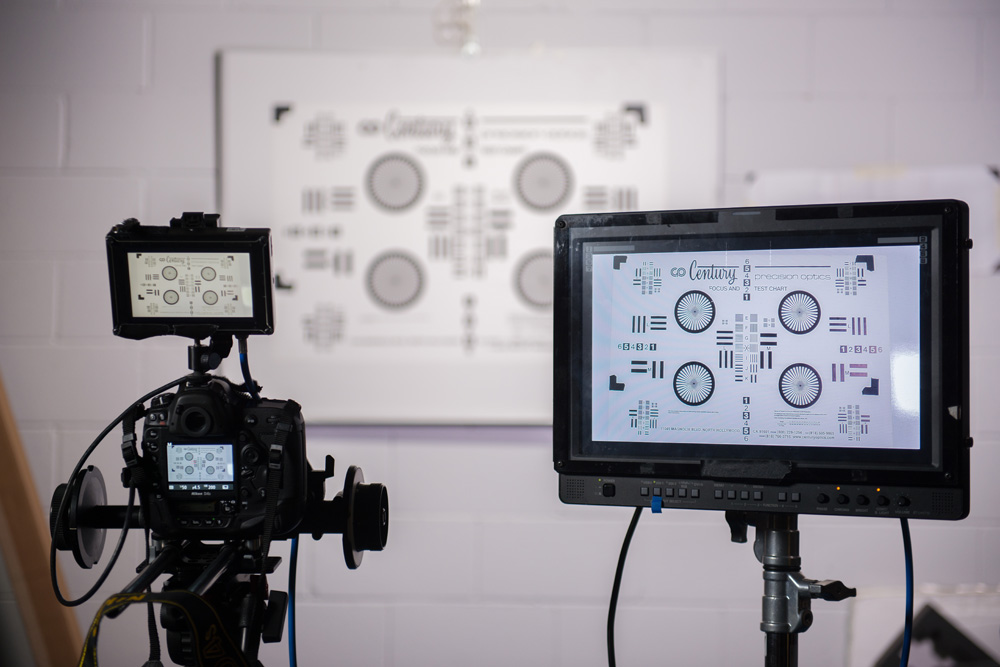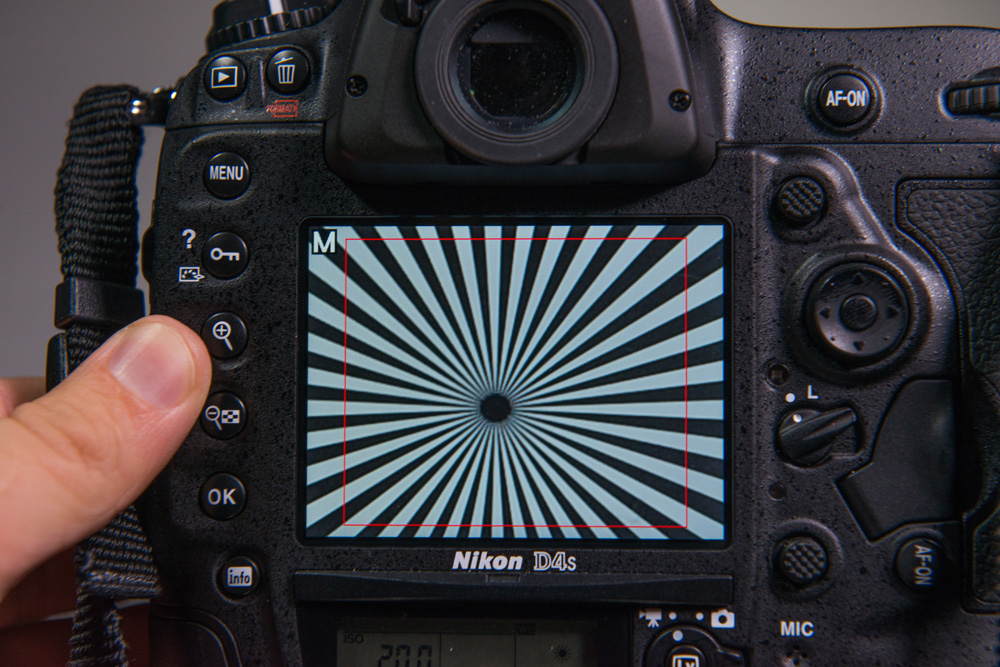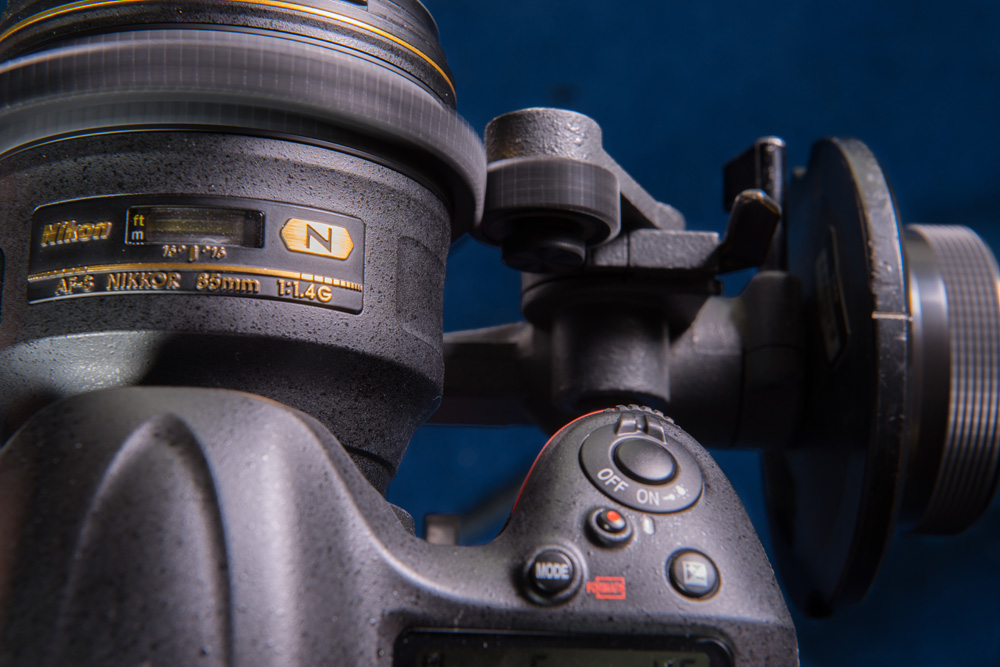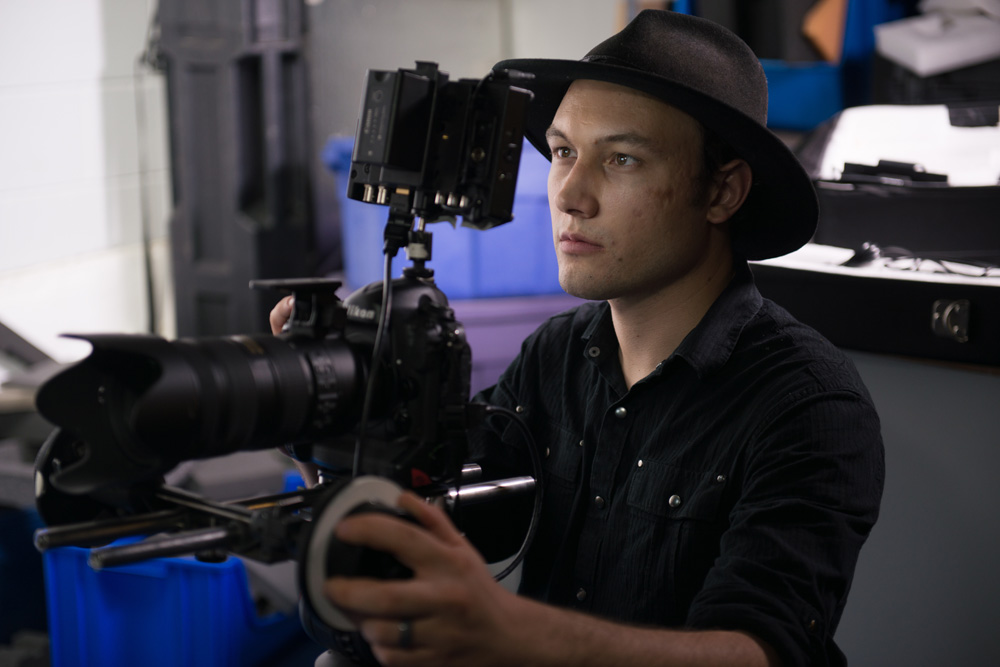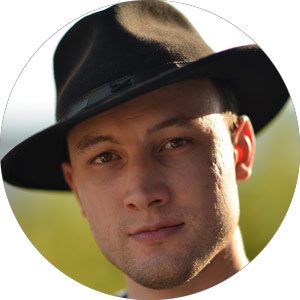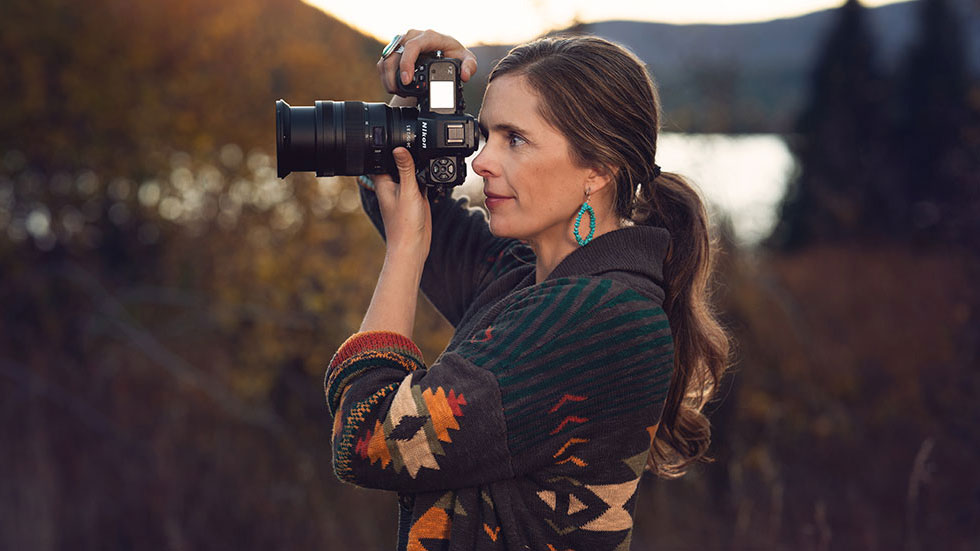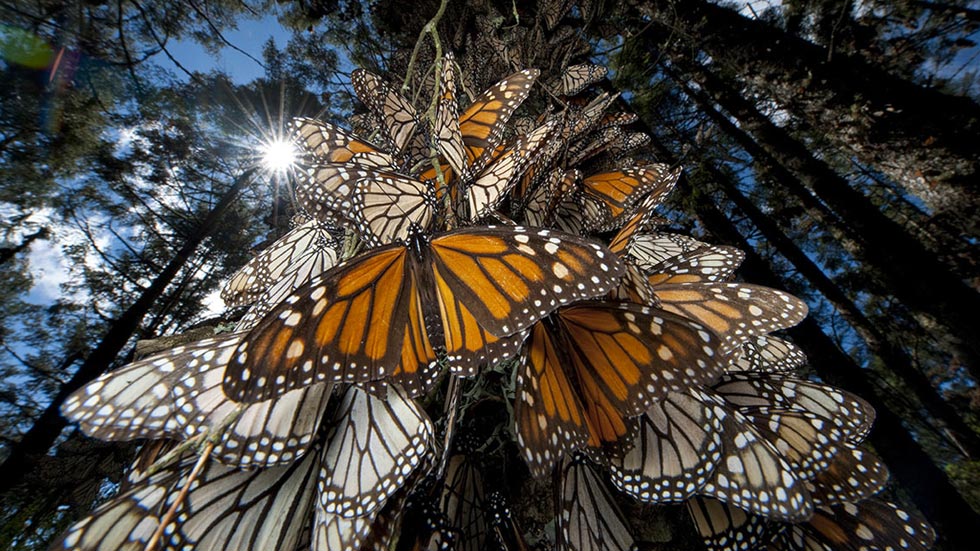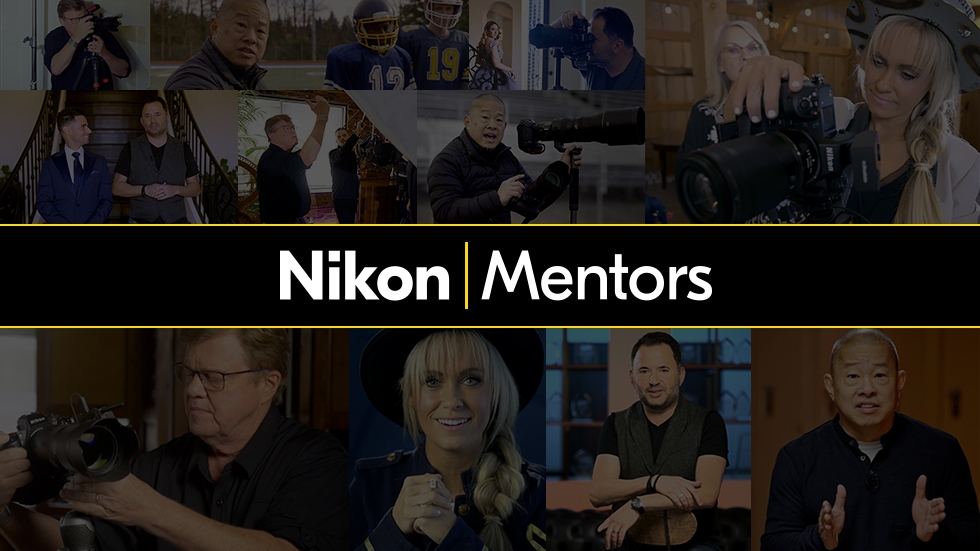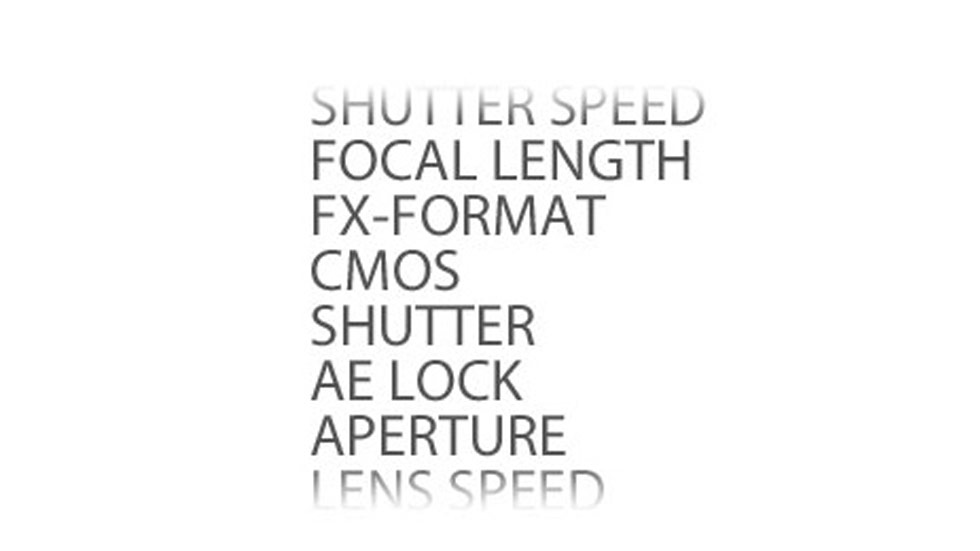Lens Selection & Focus Technique for DSLR Video – Part 1
Professional follow focus attaches to the 85mm F/1.4; a special rubber ring attached to the focus ring on the lens to allow the follow focus gear to control the lens.
Understanding Depth of Field, Camera Position and Lens Choice
“When I select gear for a project, lens choice is a top priority. It’s not uncommon for me to choose lenses even before the camera,” shares Skyler Proctor, a Nashville, Tennessee, based director of photography who has worked on more than 100 films, documentaries, music videos and commercials. “My job as a director of photography (DOP) is to be a visual storyteller—and the visual perspective comes through based on my choice of lenses.”
In this, part 1 of a 2 part analysis, Proctor elaborates on how selection of lens can impart stylistic attributes to any motion work. He includes a preliminary discussion on focus—emphasizing aspects of depth of field (DOF)—plus camera placement. He also comments on his lens preferences and what to expect from each.
Proctor uses a variety of cameras for his videography, including the Nikon D800, D600 and the D7000 DSLR cameras. He also captures video using more traditional motion cameras as found on the typical Hollywood set. And when it comes to what lenses he may use, Proctor asserts that a balance must be struck between technical and stylistic needs.
A professional focus chart helps check lenses, monitors, and techniques before going out into the field
What considerations do you make when choosing which lens(es) to use for a motion capture project?
As DOP I’m not just an artist; I’m also the chief camera technician. I have the responsibility of making sure the shoot will not be restricted by technical limitations of my equipment choice. Usually the technical requirements will be obvious. For example, if I’m going to be working in a dark location where the addition of lights will not be an option, I know I must include a few fast aperture lenses in order to get proper exposure.
Secondly, I consider the stylistic components required. I hand pick my lenses. Sometimes I favor zooms, sometimes primes; it depends on the look desired. During capture, I can tell many different stories in various ways using the same lens. It’s my choice of lenses, plus how I use them, that determines my visual style.
For example, a wide lens is normally used for a wide shot and a telephoto lens gets a tight shot. But perhaps the story requires a reversal of roles. I’ll then use a telephoto for wide shots and a wide angle for tight shots. You can see it’s still the same set of lenses, but used in a different way to attribute to a style.
How do you decide whether to employ a lot of focus change or minimal change of focus in a film?
One of the most overlooked technical elements that we can examine and analyze in a film is depth-of-field. For starters let’s consider purely focus; for example, how much will be in focus on a particular lens and camera combination at a particular f/stop and distance. A major key to sharp focus is making sure the camera, lens, f/stop and distance-to-subject work together to produce enough depth-of-field—also known as window of sharpness—for the needs of a particular project.
Before going further, let’s define depth-of-field. Does it have a different meaning for a photographer versus a videographer?
No matter what lens/camera/distance and f/stop combination is used, there is always the “focus point.” This is the point where the lens is perfectly focused on the subject. Depth-of-field, or DOF, is the space in front of and behind a focus point that is still considered sharp.
The science behind depth-of-field is the same for photographers and videographers. In practical use however, videographers are capturing things in motion. This means that the science of what’s in focus and what’s not in focus is constantly changing. Still photographers have the advantage of capturing a single moment in time. Videographers have to keep constant motion in mind.
How is getting focus as a DOP different than getting focus as a photographer?
Getting sharp focus can be difficult whether shooting photos or video. Despite the same goal on the same equipment, the way to go about focusing photos versus video can be very different.
Focusing for much of today’s digital photography relies mostly on understanding the camera’s autofocus system, and in learning how to use that autofocus effectively. In many ways, photographers have a lot more room for error: still photos only need to be sharp at a single instant when the photo is taken.
While the tap of a button may make everything razor sharp for the still photographer, a videographer must constantly monitor focus and adjust accordingly. In a video production environment, focus is best delivered with a camera operator manually dialing it in. Video generally needs to be sharp for as long as the camera is rolling.
By using the zoom in function, we can double check critical focus, ensuring the image is 100% sharp.
Despite the excellent lenses and cameras available today, it’s still really very much a manually operated game for professional motion capture. It may often come down to the skills of your camera operator, and that person’s ability to constantly remain aware of how and what the camera is capturing. Of course pairing the right equipment to the job, plus setting appropriate depth-of-field per the conditions, are important too. As you can deduce, quality of motion footage is in the hands of this technician.
A good DOP is aware of the environment and has a grasp on storyline capture needs. This person remains cognizant of what the camera and the subject will need to do and are doing.
Let’s consider an example with a subject who is moving outdoors. Will both camera and subject need to move? In tandem or separately? Move how quickly? The more challenging the situation is to capture, the more in-focus your subject can be if you select a deeper depth of field.
When working, do you map out and test DOF for every film segment?
Generally speaking, it’s not necessary to perfect the depth of field for every shot. Whenever I set up for a shot I start with a depth-of-field that I think is manageable. Then, if after the first few takes I’m having issues getting sharp takes, I adjust depth-of-field to go a bit deeper. I check to see how that works.
Follow Focus in action: The follow focus wheel turns the gear which turns the focus ring on the lens for quick, precise focus changes.
Conversely for times when it’s difficult or not possible to go down in depth-of-field—such as during times when circumstances become too dark to stop down or a shallow depth of field look is desired—then I’ll work on fine tuning my focus pulling techniques and try again.
To bring things into focus, is it easier to move the camera closer or the subject closer? What happens to the look of footage if you move the camera?
Most of the time if I decide that the camera needs to be closer for shallower depth of field, or alternatively farther away for deeper depth-of-field, I move the camera and not the subject. Why? Usually because I’ve lit the subject, even by natural light, and I have carefully placed that subject and worked my lighting around that person. In this instance it’s easier to move the camera.
Sometimes it’s just not possible to move the camera farther away from the subject, for example if I’m backed up against a wall or other immovable object. A tip when scouting your shoot locations or deciding where to place a camera—always include in a little extra room, especially behind the camera.
When it comes time to begin work on a project, selection of a single lens or a variety of lenses is a very important decision visual director(s) must make. Proctor asserts that he hand picks each lens for each story, but almost always has a base of three: a fast lens, such as one with a f/1.4 or f/1.8 maximum aperture that will yield a soft bokeh background, an ‘intimate lens’ he most often uses on people, plus a wide lens such as the AF-S NIKKOR 24mm f/1.4G ED or the AF-S NIKKOR 35mm f/1.4G prime.
Proctor using a D4S with AF-S NIKKOR 70-200mm f/2.8G ED VR II rigged up with Follow Focus system and external monitor.
Personally I tend to see things more telephoto, so I almost always take my AF-S NIKKOR 85mm f/1.4G. It makes a great all around lens that renders to a look and style I prefer. It’s spectacular wide open and gives the most gorgeous blurred-out backgrounds. If you chose to use this lens do be careful though. At f/1.4, especially with subjects closer than 10 feet away, makes depth of field almost non-existent. I usually stop down for shots of people who may be moving (even moving around when in a sitting position).
I also pick what I call an ‘intimate lens.’ This is used for real tight cinematic shots of people. It yields what appears to be super shallow depth of field. Intimate lenses that I prefer are the AF-S NIKKOR 70-200mm f/2.8G ED VR II, or a prime such as the AF NIKKOR 180mm f/2.8D IF-ED or the AF-S NIKKOR 300mm f/4D IF-ED.
A 200mm lens [at the widest aperture] used to acquire up-close looks gives a wonderful quality and often an incredible shallow depth of field. Shallow depth of field because the camera has to be positioned a good distance from the subject, even for this tight framing. What’s good to know is that there’s actually a respectable window of sharpness around the subject. Meaning that if that person leans forward or back or moves around a little he or she isn’t going to go completely blurry.
Finally, I’ll select a wide lens. Of course there is the creative reason for using a wider framed shot, but there are also depth-of-field reasons. Here’s one scenario: If I know my depth of field is too shallow, I go straight to a wide lens. I favor the AF-S NIKKOR 24mm f/1.4G ED and the AF-S NIKKOR 35mm f/1.4G prime lenses. A second scenario: If I know I’m going to be moving with the camera, the NIKKOR 24mm f/1.4G is great, especially in the dark. Even at f/1.4 I often have enough depth of field to keep my subject sharp. For shots where I know a fair amount of motion will unfold in front of the camera, I may dial the aperture to f/2.0 or f/2.8. Remember that a longer lens will need to be stopped down much more than f/2.0 or f/2.8 in the same situation.
A note when using long lenses—be sure you have enough room before you start capture. Oftentimes there just isn’t space to back away far enough and properly frame the shot, especially indoors.

